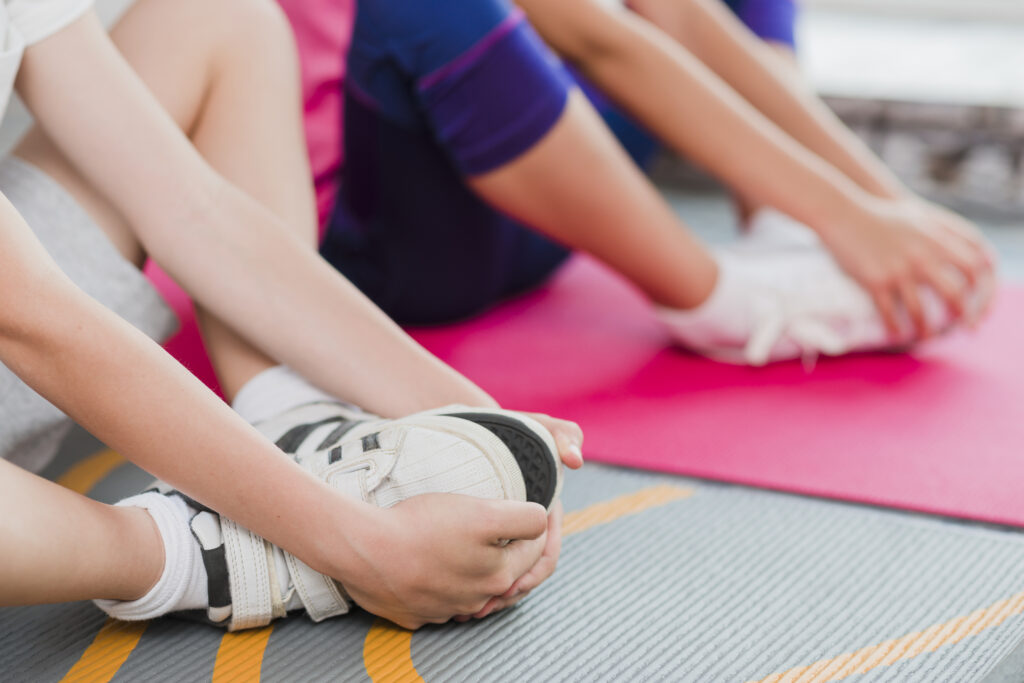Let me begin this column with an honest and personal share. I don’t like strength training. There. I said it. It is a part of my routine that I could easily neglect if I didn’t understand is value. Ok, I am a runner, a marathoner at that. Still, you don’t have to be a distance runner, bodybuilder, or an athlete of any kind, to benefit from strength training. To that end, let’s talk about functional fitness.

Functional fitness sustains us in activities of daily living, intrinsically improving our quality of life. It may sound elementary, and that is true. Bending, lifting, carrying, pushing, sit to stand, stand to sit, stair climbing, cleaning, playing with your children, recreational activities, all of these take muscular effort and a certain level of endurance.
Who doesn’t want to improve their overall energy and stamina?
Functional fitness exercises train and prepare your muscles to work by simulating common movements you might do at home, at work, or in sports. While using various muscles in the upper and lower body at the same time, these exercises also emphasize core stability. (1)
Many people hear strength training and immediately link that to lifting weights such as dumbbells and barbells. On the contrary, there is plenty of quality work to be done with little to no equipment.
Resistance is inherent to our existence on Earth. Gravity is a constant force that works with and against us in all that we do. Truth be told, gravity is all you need to get started in a resistance routine that will reward you with improved strength and endurance.

Of course, you may choose to add weights to your routine. Point being, this is not essential. If you focus on form, range of motion, and consistency, you will see and feel positive changes in your body, momentum building progress.
Consider this:
According to American Council on Exercise (ACE) here are just a few of the benefits to engaging in a regular program of strength work.
- Increased strength of bones, muscles, and connective tissues (the tendons and ligaments)—This increased strength decreases the risk of injury.
- Increased muscle mass—Most adults lose about one-half pound of muscle per year after the age of 30, largely due to decreased activity. Muscle tissue is partly responsible for the number of calories burned at rest (the basal metabolic rate or BMR). As muscle mass increases, BMR increases, making it easier to maintain a healthy body weight.
- Enhanced quality of life—As general strength increases, the performance of daily routines (carrying groceries, working in the garden) will be less taxing. (2)

Admittedly, I felt overwhelmed when I thought about writing on this topic. Then I asked myself: if you could only choose six exercises to include in a workout, what would they be? With that in mind, I chose the following:
Squats
Lunges
Pushups
Planks
Bridges
Superman/skydivers
I like these exercises because they address functional fitness and can be modified in either direction of intensity and complexity (e.g., double leg to single leg, bodyweight to added resistance, isometric to repetitive motion).
Of course, you are not limited to six movements. Instead, the list is a basic framework to demonstrate just how simple it can be to put together a routine.

A strength routine is a healthy option for all ages and adaptable to all levels. Functional fitness is achievable in the comfort of your home or at the local gym. There are also plenty of classes if you prefer the motivation of a group.
If you are bored with your routine and looking for ideas, I recently shared my strength training plan on this blog in the Reaching to Run thread. You will see that I walk the talk as most of the above are incorporated, in some form, into my own programming.
Remember, functional fitness is not about excess. It is prioritizing your health and improving your quality of life.
If you have questions about how to get started, reach out to me. As always, I am only an email or phone call away.
RESOURCES:

